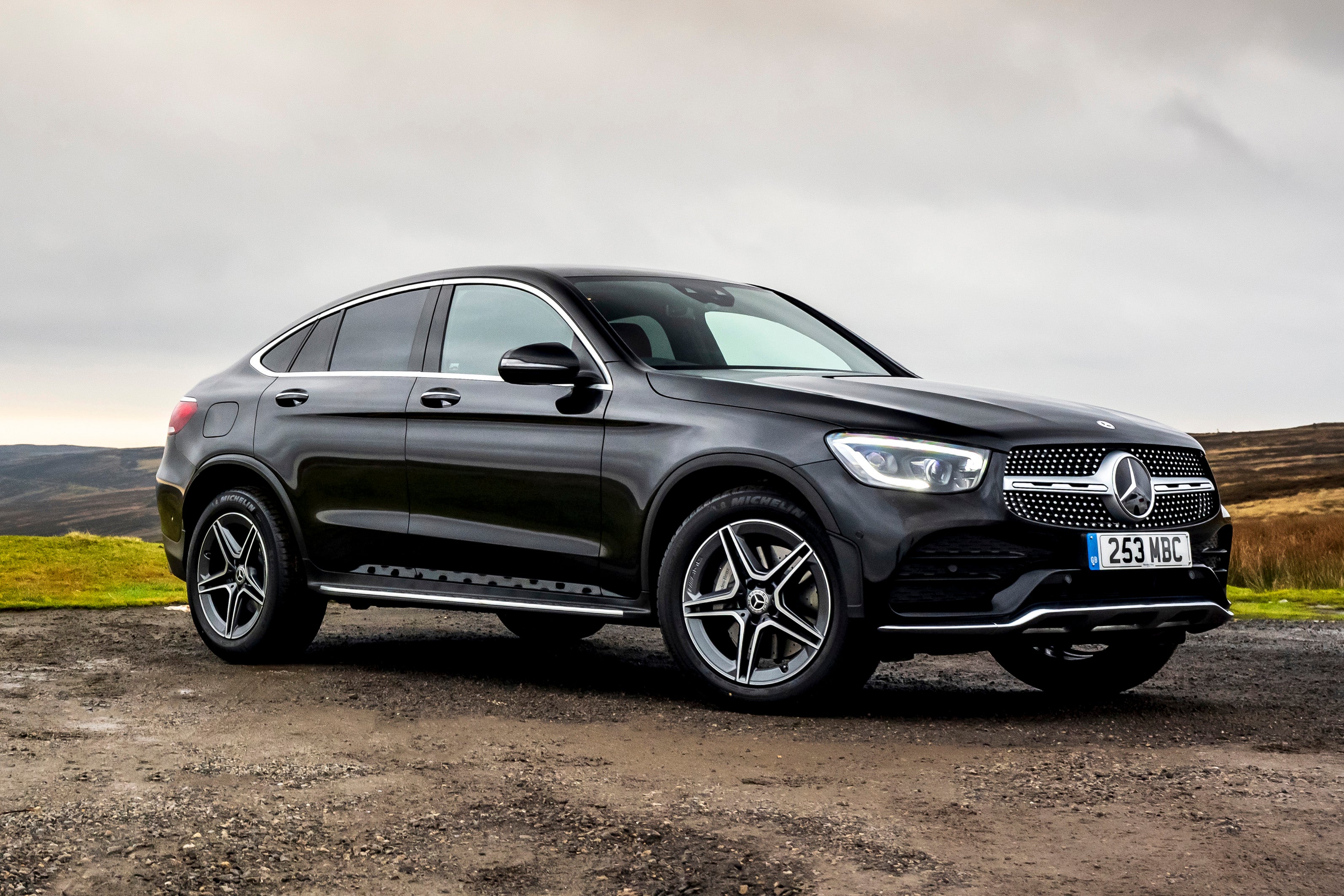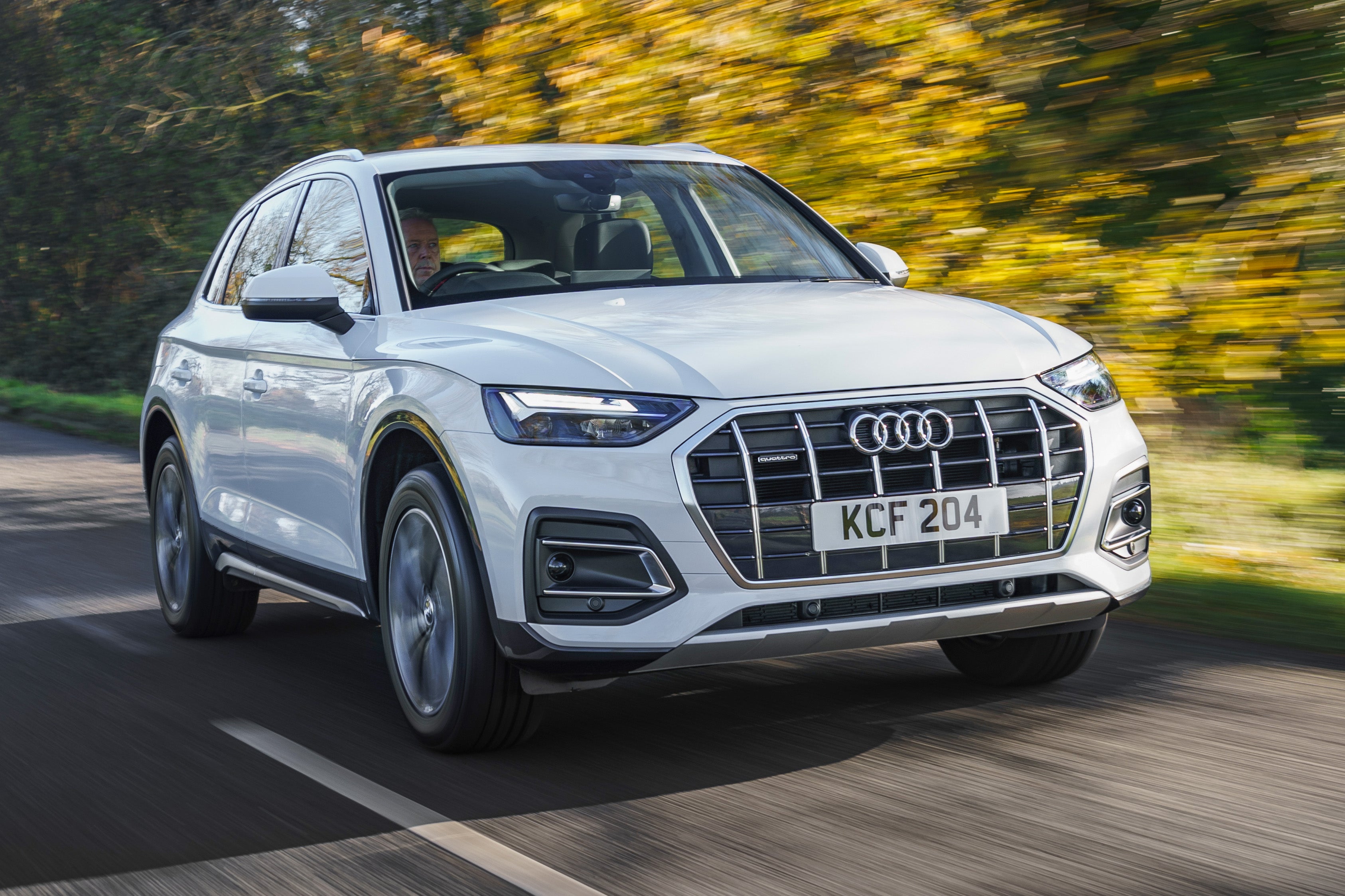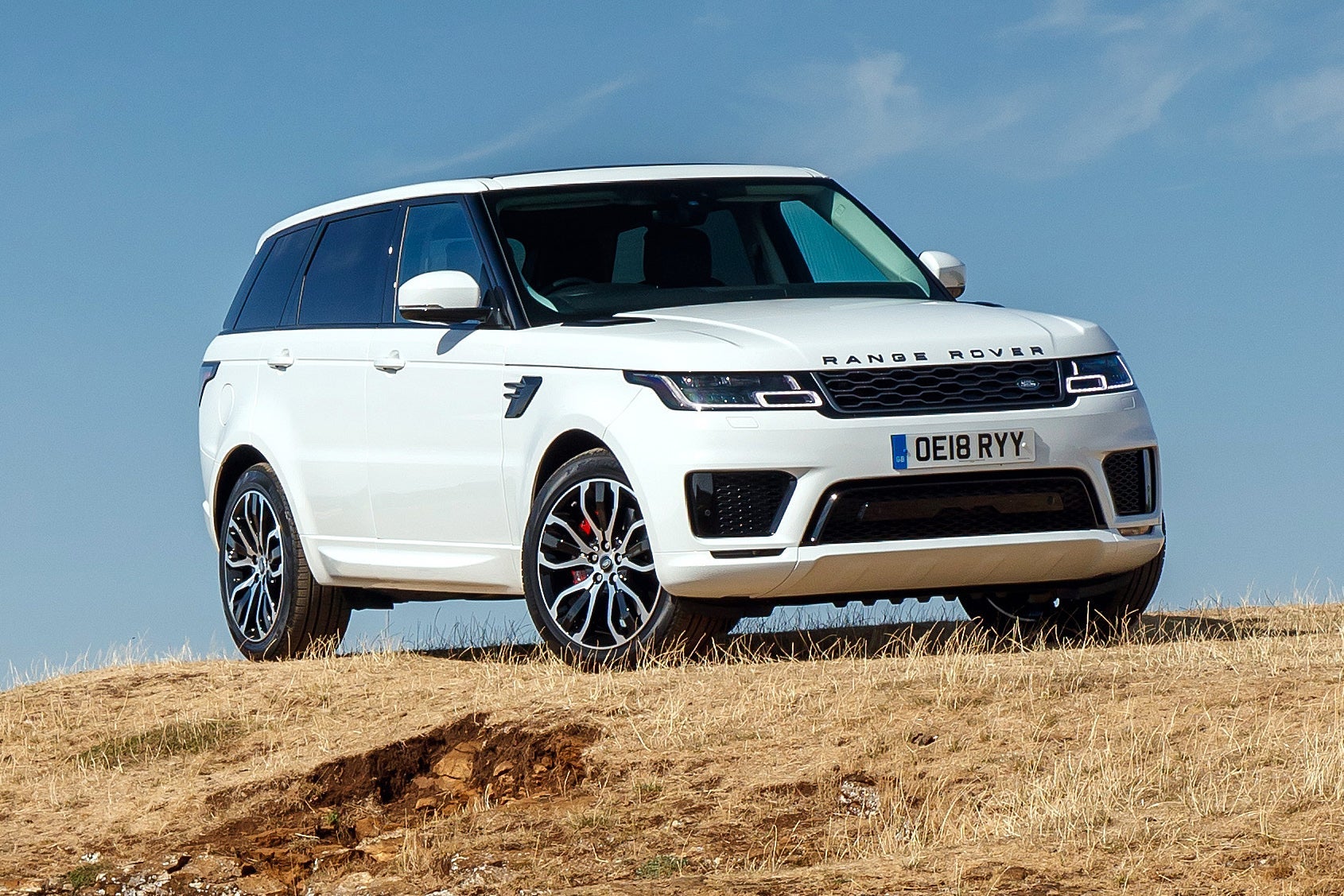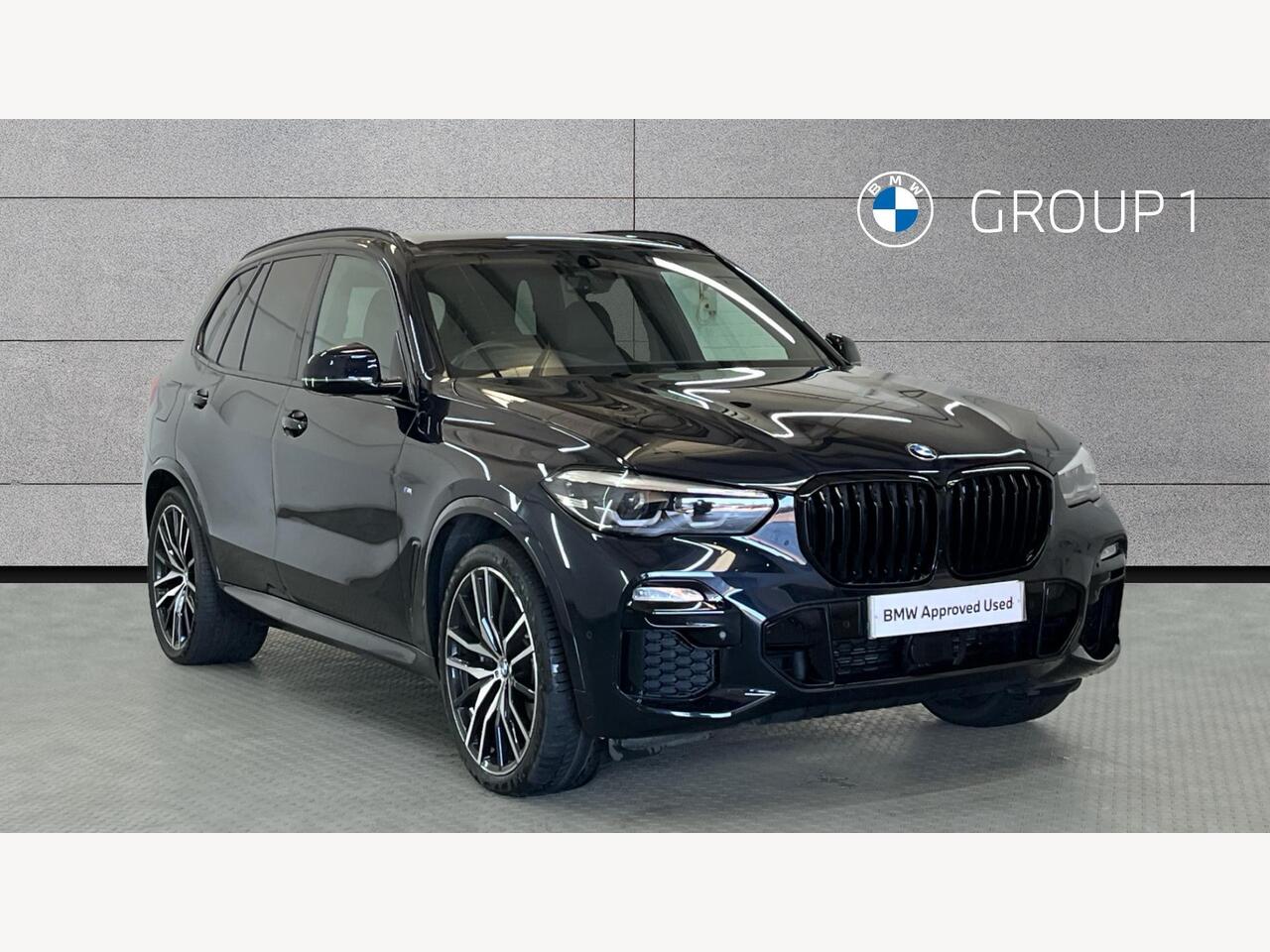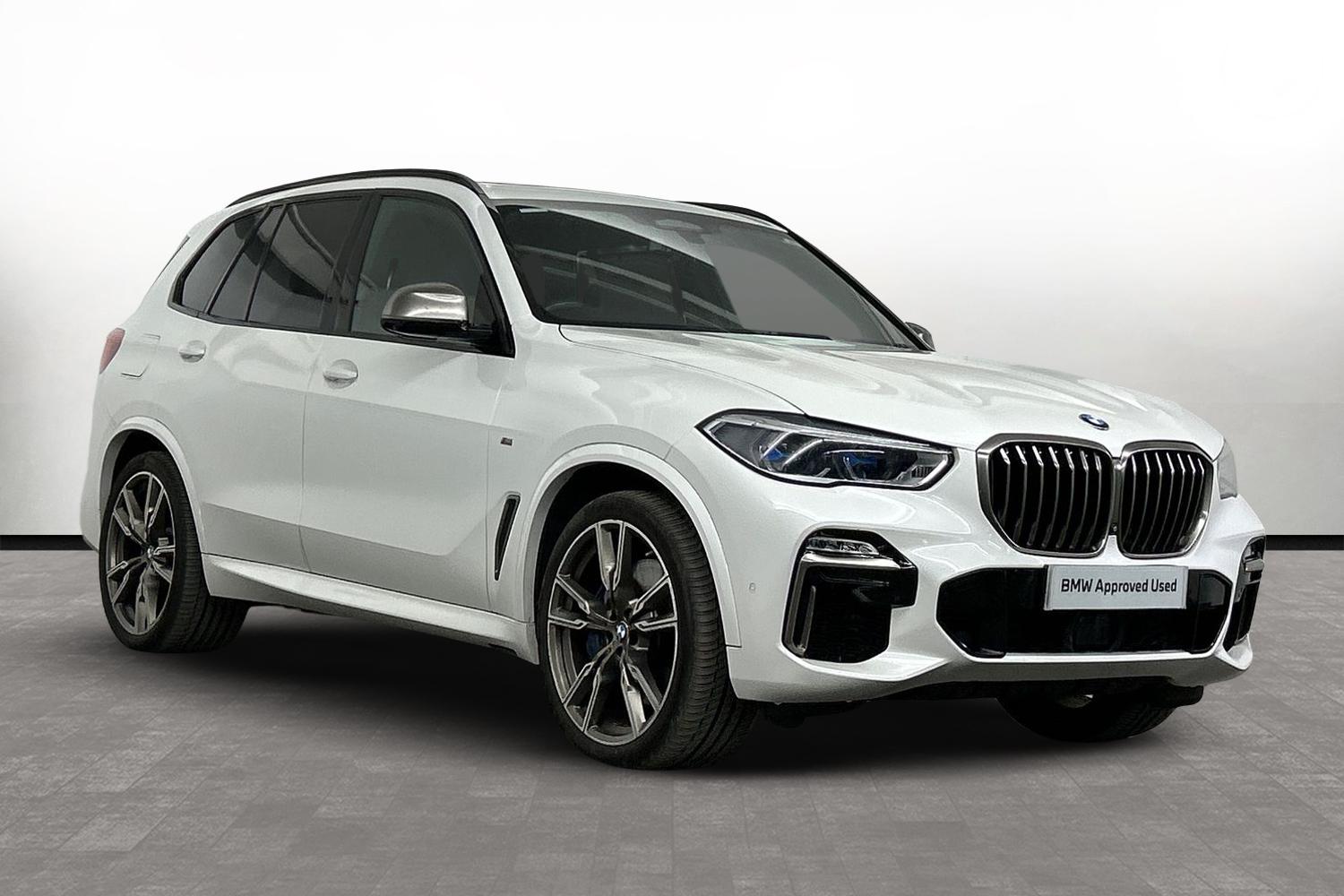
SUVs offer the perfect blend of space, comfort and practicality for many buyers, which is why they have become so popular in recent years.
If you’re after the perfect family car, an SUV will likely fit the bill for carrying you and your precious ones around, whether it’s just the school run or further afield.
If you’re shopping for a premium SUV, you’ll find a wide choice of models covering everything from performance to hybrid comfort. So here are the best SUVs you can buy for £50,000.
If you're looking to save money on an SUV, check out the best new and used car deals we've found online.
Porsche Macan
Year launched: 2014

The fact the Macan is now the best selling model in the Porsche range shows how popular SUVs have become. The smaller sibling to the popular Porsche Cayenne, the Macan may be an SUV but it’s still every inch a Porsche when it comes to handling with great poise and balance in corners, plus of course plenty of grip.
The Macan was facelifted in 2019 - you can spot them thanks to an LED tail light that runs the width of the car - which brought interior improvements and a new engine in the shape of the new single-turbo 3.0-litre V6, while the diesel was dropped from the range.
With a healthy budget of £50,000 you can get a low mileage one- or two-year-old example fitted with the 2.0-litre petrol engine. Go older and you can pick up the superb GTS, although that will be a pre-facelift version.
Alfa Romeo Stelvio
Year launched: 2017

If you want a bit of Italian flair from your SUV, the gorgeous Alfa Romeo Stelvio could just fit the bill. Few brands convey the senses of passion, style and driver engagement as Alfa Romeo - and fortunately the Stelvio doesn’t disappoint.
Thanks to responsive steering and an all-wheel-drive system that has a rear bias, driving the Stelvio is an enjoyable experience, even if you’re just nipping to the shops. True, the ride is on the firm side, but it’s in keeping with the idea that this is a sporty rather than comfort-focussed SUV.
There’s a good choice of engines in the Stelvio range including a 2.2-litre diesel for high mileage drivers while the performance version is the wonderful Stelvio Quadrifoglio with a 2.9-litre BiTurbo V6 engine. In between those there’s a 2.0-litre petrol which we’d be tempted by.
Audi Q7
Year launched: 2015

While you can stretch to an Audi Q8 for this money, we think the bigger and more practical Q7 is better value for money. For starters there’s more space inside and a bigger boot, yet it still has that luxury quality we’ve come to expect from top end Audi models. Thanks to those big dimensions, it offers seven seats and there are no less than six Isofix mounting points for child car seats. No surprise it has a five star Euro NCAP rating.
It may be a big car but it handles well considering its size, balancing well the twin disciplines of a comfortable ride and handling prowess. It’s no Cayenne but you still feel reassuringly safe through corners.
For £50,000 you can get a low mileage 12-month-old Black Edition 50 TDI model which comes very highly specified, we’d choose it over the lower-powered 45 TDI.
BMW X5
Year launched: 2018

The X5 is one of BMW’s most recognisable models, competing with the Audi Q7 and Mercedes GLE, among many others. What has always made the X5 stand out is its handling - this is a big car but also a surprisingly agile one that belies its sheer bulk. Yet it blends that with a forgiving suspension set-up on motorways, making for a great long-distance car.
Along with the usual BMW quality inside there’s also an improved infotainment system with a huge screen and great functionality. The only negative here is the fact it doesn’t have Android Auto for all those non-iPhone users out there.
The X5 xDrive 30d is our choice in the range and there are plenty of low mileage nearly-new models available for this budget.
Range Rover Velar
Year launched: 2017

You may find it a little baffling as to why Range Rover launched the Velar - as good as it is - when it already has the Range Rover Sport. Well, apparently it’s designed to fill the gap between the Sport and the Evoque, if there ever was one. Regardless of the marketing spiel, the fact remains that the Velar is one of the most attractive - and indeed most desirable - SUVs around.
Look at the profile and you won’t be surprised to find the Velar shares much under the skin with the Jaguar F-Pace (which we’ll come onto later) but this is very much a Range Rover, most notably inside where there’s a boutique feel to the interior with its acres of leather everywhere.
One fly in the ointment is the smaller diesel engines which are simply not refined enough for a car like the Velar. Instead, we’d look to one of the more powerful D300 models or a P300 petrol if you can afford the fuel bills.
Mercedes GLE
Year launched: 2019

While it is still built in the USA, the latest GLE is a huge improvement over the model that came before. We’re not totally convinced by the styling, the Mercedes GLC is a much neater design, but the interior is top notch, echoing the latest Mercedes E-Class with a high-quality finish and a huge twin-screen display which runs from across the dash top.
Like the BMW X5, you can choose the option of a third row of seats (though you have to pay for the privilege) that mean more versatility but can also be dropped back down when not in use to create a big boot.
With a budget of £50,000 you can get a nearly-new GLE with only a few thousand miles on the clock, although we’d avoid the noisy 300d engine and instead look for a 350d which is far superior.
Jaguar F-Pace
Year launched: 2016

The F-Pace was Jaguar’s first SUV and it’s proved a very popular one. There's good reason for this - it competes with the likes of the Audi Q5 and BMW X3 on price but is designed to offer more space for the money. Add in good looks and a good interior and it’s easy to see the appeal.
There are caveats though. The F-Pace has a smart layout up front and feels nicely finished with lots of leather but some of the plastics and details aren’t quite up to the same standard as you’ll find in an Audi or Mercedes-Benz. It’s also a bit of a squeeze in the back due to the big transmission tunnel while legroom could be better.
On the plus side though, it handles really well and hides its weight on a country road, cornering with minimal body roll and providing great steering feel and feedback. At this money look for a 3.0-litre V6 diesel model.
Lexus RX
Year launched: 2015

While rivals like the Volvo XC90, BMW X5 and Mercedes-Benz GLE all have greater showroom appeal than the Lexus RX 450h, it still makes a compelling case for itself. Combine a smattering of design flourishes with a fashionable hybrid engine, a comfortable ride and a reputation for excellent reliability, and the Lexus RX is now a very strong contender.
Under the bonnet is a 3.5-litre V6 petrol engine combined with an electric motor powering each axle. The result is a total output of 312PS and a 0-62mph acceleration time of 7.7 seconds. But the RX is less outright performance and more effortless progress. It’s relaxing and serene to drive in.
Alongside the RX is the RX L - a lengthened version that has the advantage of seven-seats, although the fact the standard RX has been adapted to accommodate two extra seats has its compromises. If you don’t need them, stick to the standard RX.
Volkswagen Touareg
Year launched: 2018

The Volkswagen Touareg has always been the choice of the more conservative SUV buyer. With an understated and discrete style, it’s never been as brash as the likes of the BMW X5. This latest generation certainly has more about it, with a huge wide grille at the front and plenty of chrome. It’s still not ‘in-your-face’ but it certainly has more road presence.
The interior has a minimalist approach. As is becoming the norm in new cars, there are very few buttons. Everything is controlled by this central infotainment system, which itself operates like an iPad. It detects your fingers as they approach the screen, while you can swipe and pinch to flick between menus. Although there’s lots to take in, it’s an intuitive system.
Along with the usual 3.0 TDI diesel, Volkswagen also offers a 3.0 TSI petrol in the latest Touareg, which is ideal for those who want a big and practical SUV but aren’t covering huge mileages.
Volvo XC90
Year launched: 2015

The original XC90 soldiered on for what seemed like a lifetime, so there were high expectations for this second-generation model. And it didn’t disappoint. The Volvo XC90 is one of the best quality SUVs around and a car we highly recommend. It treads a different path from its main rivals such as the Audi Q7, helped by its Scandinavian inspired interior and huge iPad-esque touchscreen.
Being a Volvo it’s practical of course with a huge boot, flexible seats and our favourite family feature, built-in booster seats for older children. As you’d expect, the XC90 has the maximum five star Euro NCAP rating for crash safety.
At the top of the range is the T8 PHEV model which can cover 17 miles on electric power. We’d be tempted by the B5 diesel which although not as rapid, should prove considerably more economical for long-distance drivers.
If you want the best value for money SUV, you can’t go wrong with a Kia Sportage or Hyundai Tucson. Both are well equipped for the money, reliable and come with long warranties, seven years in the case of the Kia. The hybrid Toyota RAV4 and Honda CR-V are also excellent value for money.
Depending on budget, the best SUV to buy for practicality and space is the Skoda Kodiaq which comes with seven seats and a wide range of engines and trims. The Volkswagen Tiguan Allspace is equally as practical. If it’s hybrid power you want, look at the Honda CR-V while in terms of EVs, the Jaguar I-Pace and Tesla Model X lead the way.
For luxury, the best SUV to buy in 2020 is the Audi Q8 while for performance, it’s the Porsche Cayenne. The best EV SUV for 2020 is the Mercedes EQC. If you want value for money, look at the Skoda Kodiaq while for proper budget motoring, there’s the Dacia Duster or MG ZS EV.
More SUV guides
Whether you're looking for advice on what SUV to buy or looking to find your next SUV, we've got the answer
